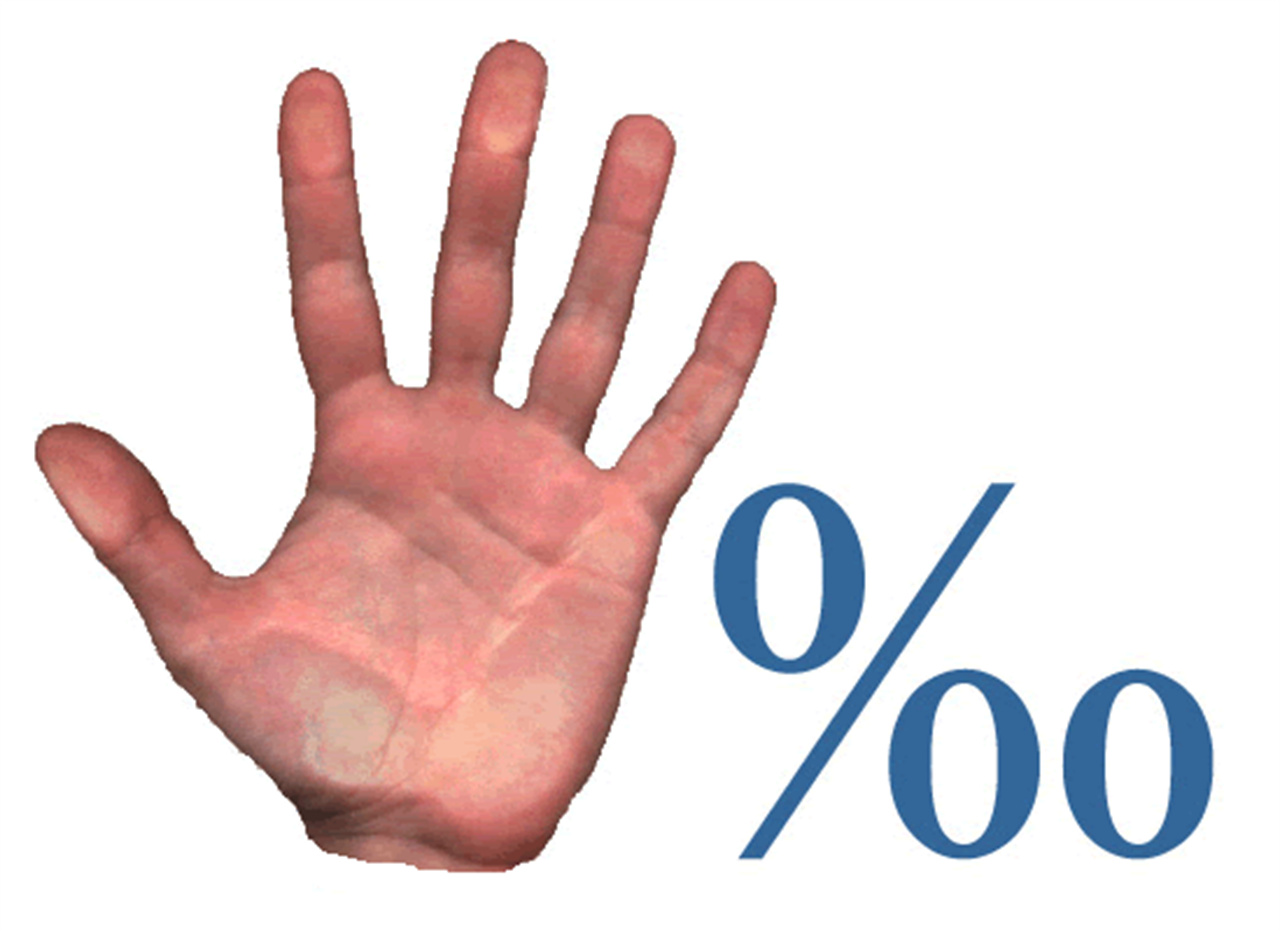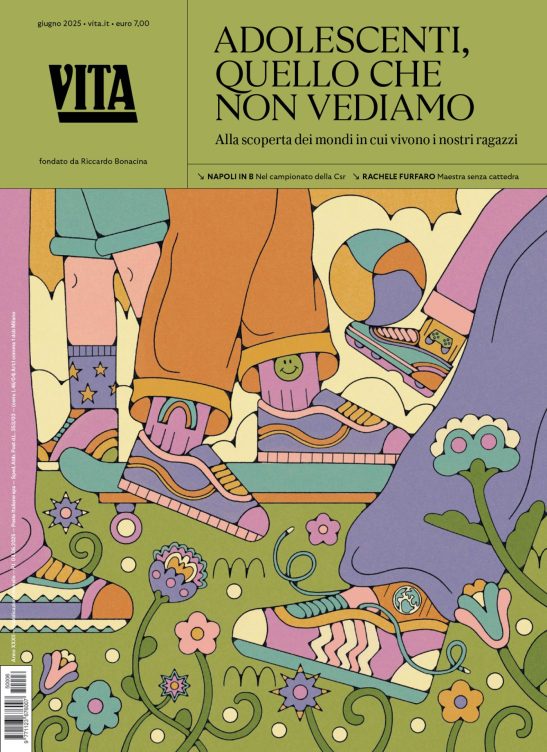Non profit
Italy: Civil society disappointed by 2008 financial law
The government has approved to set a roof on Italy's "5 per mille" dissapointing civil society and the general public alike

100 million euros. This is the limit that the government has approved today, 6th November, to impose upon the ?5 per mille?. The ?5 per mille?, or five thousandths, is the percentage (0.05%) that taxpayers can choose to give to Italian non profit organisations when filling out their yearly income tax forms. The law, that was initially passed in 2005, has been modified in each yearly financial legislative programme since 2005, causing civil society organisations to rise up in arms time and time again.
Less than a month ago, on the 10th October 2007, Italy?s civil society had celebrated a premature victory, believing it had managed to persuade the government to reconsider imposing a roof on the amount to be allocated to charities, Universities and research institutions, as it had announced it would do.
In 2006 a surprising 16 million Italians, 60% of taxpayers, had chosen to give their 5 thousandths away raising a total of approximately 400 million euros for civil society. In 2007 the government imposed a roof on the total amount that could be collected by the 5 thousandths law, so that no more than 250 million euros would actually be allocated to the third sector no matter what sum was actually raised through taxpayers donations. This year this roof has been set at an all time low, at one quarter of the amount that was raised in 2006, which means that even though more people may choose to give away their 0.05% this year than ever before, this time round civil society will not be the one to reap the benefits.
More info:
Italy: The "5 x mille" surprise
Italy: Civil society wins a big victory
Cosa fa VITA?
Da 30 anni VITA è la testata di riferimento dell’innovazione sociale, dell’attivismo civico e del Terzo settore. Siamo un’impresa sociale senza scopo di lucro: raccontiamo storie, promuoviamo campagne, interpelliamo le imprese, la politica e le istituzioni per promuovere i valori dell’interesse generale e del bene comune. Se riusciamo a farlo è grazie a chi decide di sostenerci.
